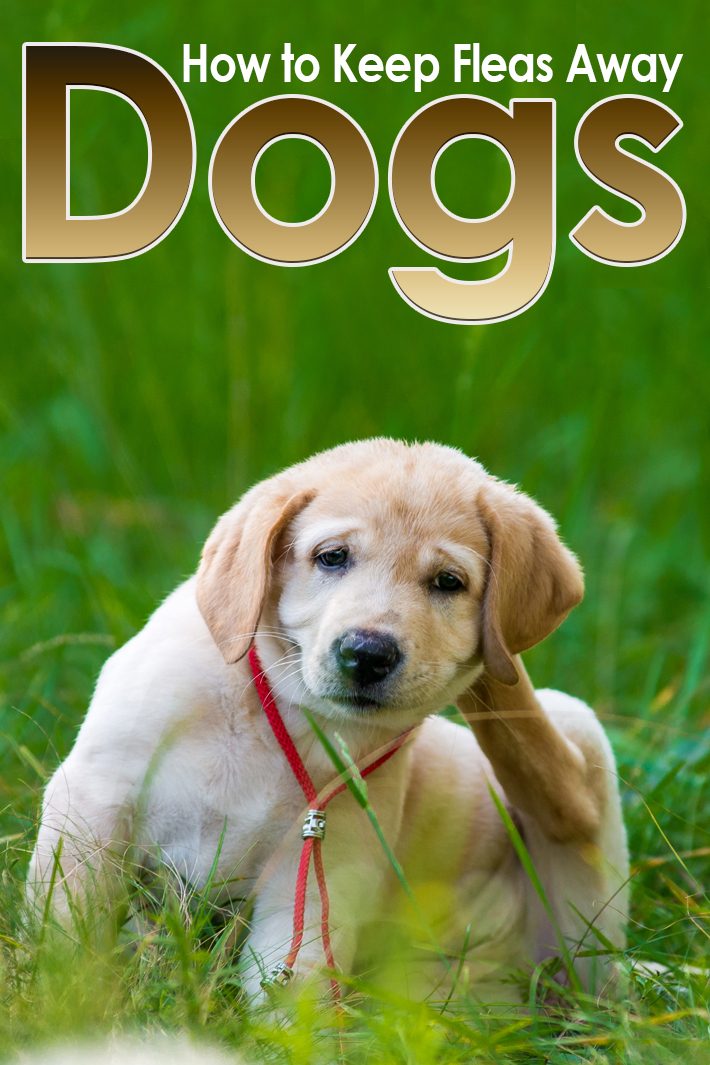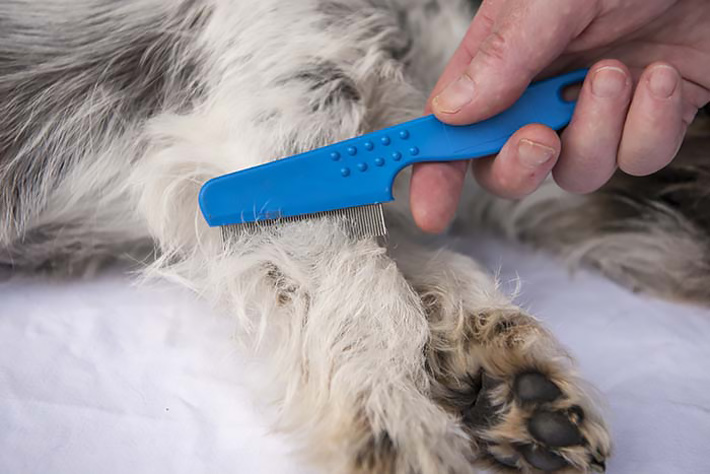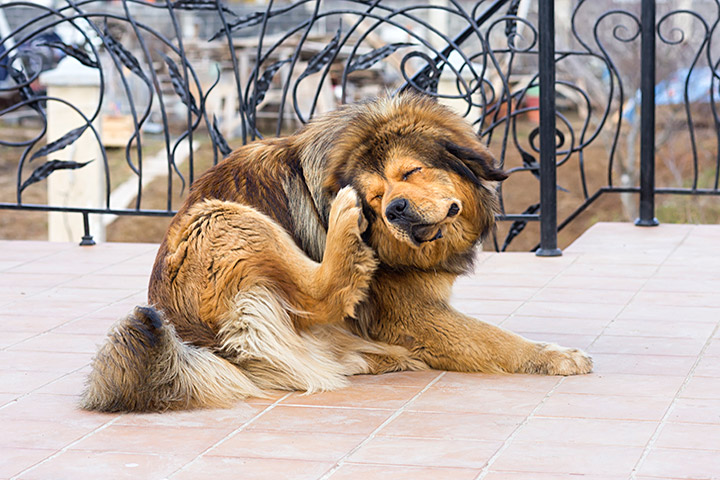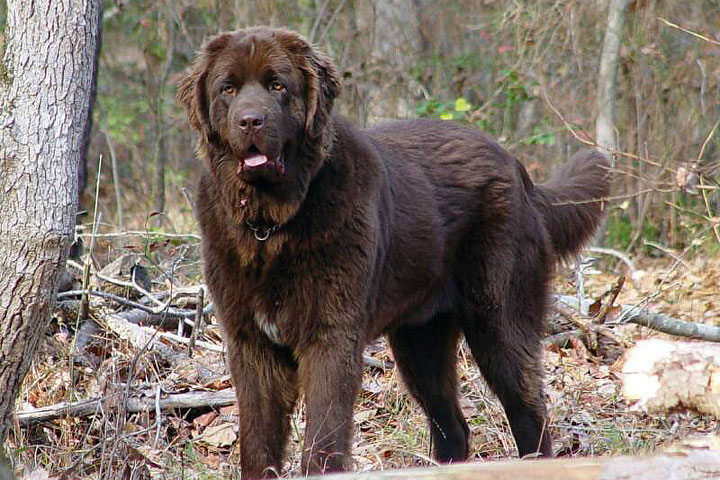
None of us wants to see fleas on our dogs, in our homes, or on us! Here’s what to do if you think your dog has a flea problem.
How to Find Fleas on Your Dog
If you suspect you have a flea problem, you probably do. For every flea you see, there are most likely at least 50 you don’t see. If you have flea bites on yourself, remember that humans are not ideal hosts and imagine how many bites your pets likely have.
The best way to detect fleas is by using a flea comb. The teeth on these small combs are very close together and designed to travel through hair, picking up everything on the coat. Use the comb all over your dog’s body, but pay close attention to the lower back around the tail, as this is a common “flea-zone.”

If you find no fleas but do see tiny pieces of black debris, this may be flea dirt. Flea dirt is the fecal material of fleas and consists mainly of dried animal blood. On close examination, flea dirt will have a reddish-black appearance.
To confirm it is actually flea dirt, try putting the debris on a white paper towel and wetting it slightly. You will see that it runs reddish-brown.
Flea Treatment and Prevention
When it comes to fleas, prevention is the best method. However, when fleas are detected, swift action can help prevent a major infestation. Fortunately, in this day and age, even a major infestation can be dealt with.
Flea prevention is seen in many forms. Some work better than others. Some work well together while others counteract one another and should not be used at the same time. Some are only available with a prescription while other come over-the-counter. Many years ago, flea shampoos, dips, and sprays used to be the standard treatments for fleas. Now, the better products come in the form of a pill or a small topical application. As science advances, there will surely be many new and improved ways to prevent fleas. Educate yourself about the many flea prevention products on the market. Then, talk to your vet about the best options for you and your pet.
Treating Your Environment for Fleas
Three out of four stages in the flea’s life cycle are spent off of the host. Flea eggs, larvae, and pupae are in your carpets, hardwood floors, upholstery, and pet bedding. In order to prevent infestations (and especially re-infestations), it is important to treat the environment for fleas.
Once you have treated your dog with one of the above prevention products, the next thing you’ll need to do is clean your home thoroughly. Machine wash as much as you can in hot water, using bleach when possible. Thoroughly vacuum the carpets and floors, immediately emptying the dust bin or discarding the bag outside. For better results, try sprinkling boric acid on carpets and upholstery. Let it sit for an hour or more, then thoroughly vacuum. Boric acid desiccates flea eggs, larva, and pupae, making it easier to vacuum them up.

Flea bombs and household sprays are typically not necessary though some people prefer them for major infestations. Remember that the host (your dog) is what allows the fleas to continue the life cycle. Treating your dog with effective flea prevention is the most important measure.
Some people choose to also treat the exteriors of their homes and yards for fleas. When doing so, please remember to use products deemed non-toxic to dogs. Because of the flea life cycle, exterior treatment should be done once a week for four weeks, then monthly for maintenance. Remember that your dog may still pick up random fleas.
Above all, keep in mind that a flea infestation is more than just a nuisance; it is a risk to your dog’s health. The time to take action is before you ever see a flea.




Leave a Reply